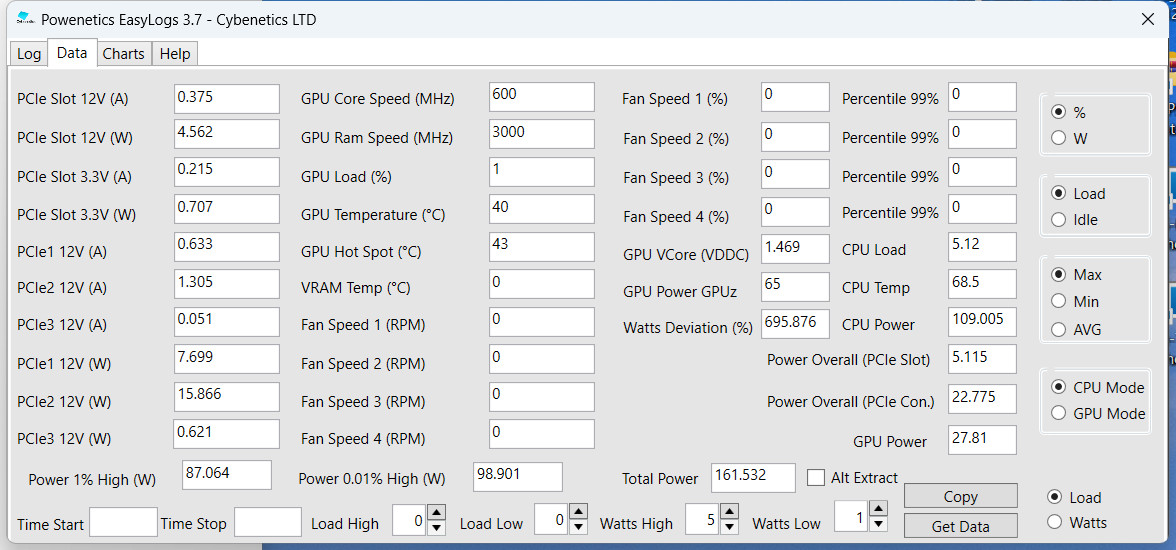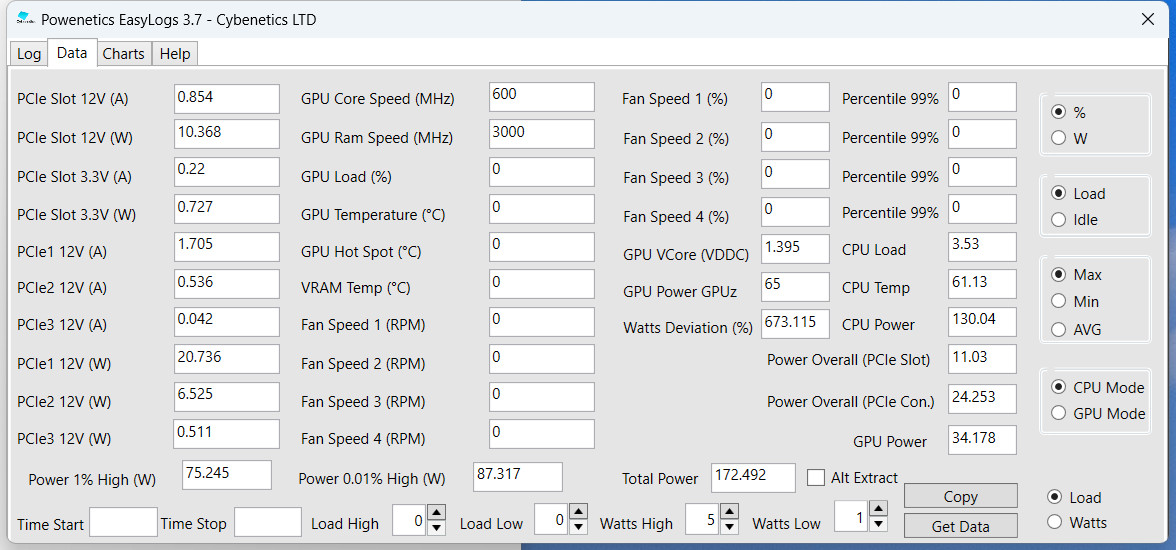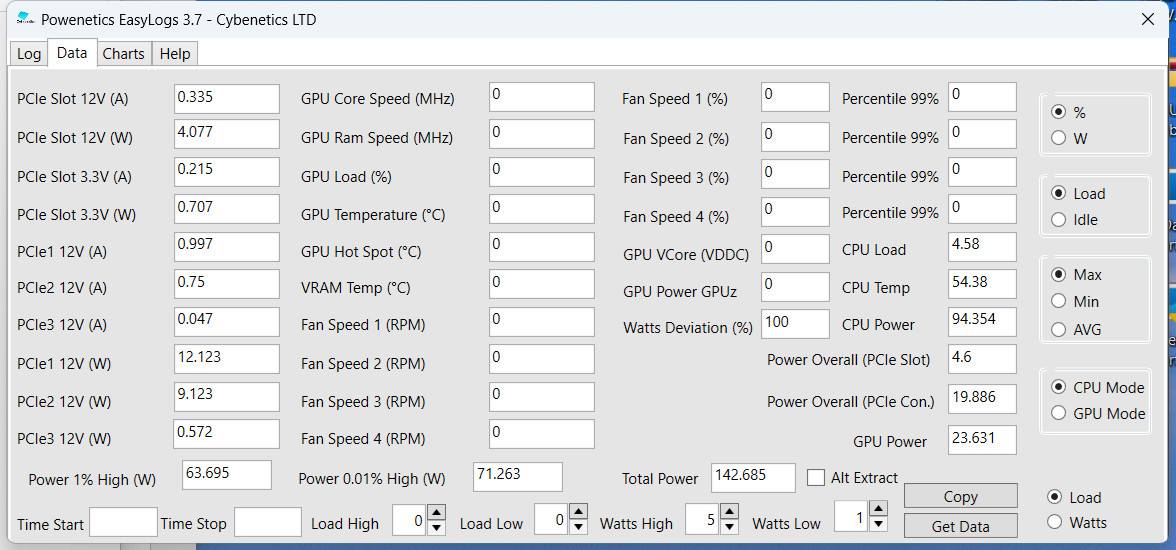Exactly. This is not a new issue either. I first experienced it with a 2011 Intel Sandy Bridge i5 2500K build and enabling XMP (and XMPII) profiles. It was an enthusiast ASUS board specifically for overclocking, but the factory overclocking profiles were just absurd as was even the default "base" XMP profile for running memory at the rated speed. If I remember correctly, it overvolted the CPU to 1.45 when low 1.3s were perfectly fine for a 4.5GHz all core O/C with a lot of manual fine tune setting. DRAM voltages were over the top too but can't remember those DDR2 settings.
I don't think it can be emphasized enough to warn new builders out there to stay far away from any motherboard's XMP profiler and especially overclocking software utilities by the motherboard. That's the first thing I warn about when giving new builders advice and instruction - besides warning that you are early killing the chipset as well as wasting electricity, especially in the summer when the PC is running hotter than it needs to be. Many unfortunately just do not have the patience or discipline or time (or all three) to take the time of learning the overclocking art.





